Sleepy Lizards
Posted on February 11, 2020

I’ve been fond of Sleepy Lizards (Tiliqua rugosa) ever since I saw them on a wildlife documentary several years ago, back in the UK (it’s probably David Attenborough’s fault). In 2017 I was lucky enough to see some for real, in their natural habitat.
Also known as Shinglebacks, these splendid Australian creatures have a number of merits for the discerning wildlife enthusiast, especially if you don’t want to spend weeks tramping through miles of trackless wilderness:
- They’re common, so you have a good chance of seeing them, if you’re in the right bit of the country (southern and western Australia).
- They like basking on the side of roads, making them easy to spot.
- They don’t move very fast, so high-end action photography gear isn’t required.
- Unlike most Australian wildlife/plants/fungi/weather/geography, they appear not to be trying to kill you!
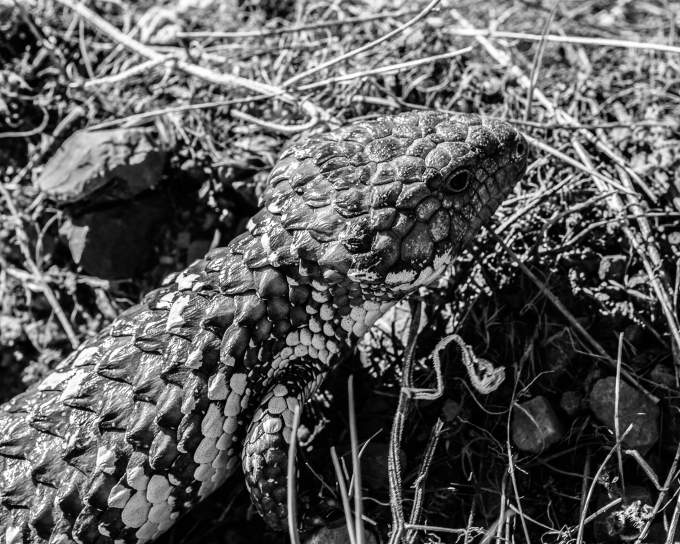
A Sleepy Lizard by the roadside in Australia.
The heftiest of the blue-tongued skinks, Sleepy Lizards get me slightly in The Feels, as they are generally monogamous, and can form partnerships lasting up to two decades. During the breeding season, they can be found wandering around in pairs – the male trailing after the female.
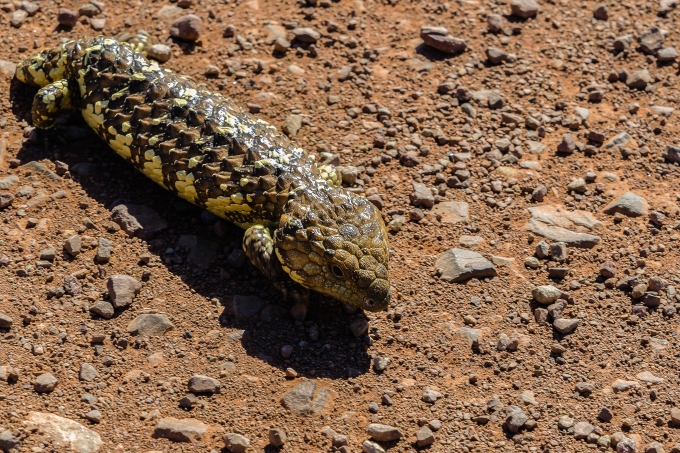
View of an entire Sleepy Lizard.
Sleepy Lizards are fairly stumpy creatures; the suggestion is that the shape/size of the tail may well confuse predators that mistake it for the head. As well as this, these creatures are fairly well armoured, which seems like an eminently sensible response to living in Australia. The tubby tail is also used to store fat reserves, to get the lizards through more trying times.
If something annoys a Sleepy Lizard, it has quite a dramatic threat display: it opens its mouth wide, displaying its striking blue tongue against a bright pink background. I don’t have any pictures of this, as I tried not to annoy any of these most excellent creatures.
Visiting Himeji Castle in Japan.
Posted on February 4, 2020
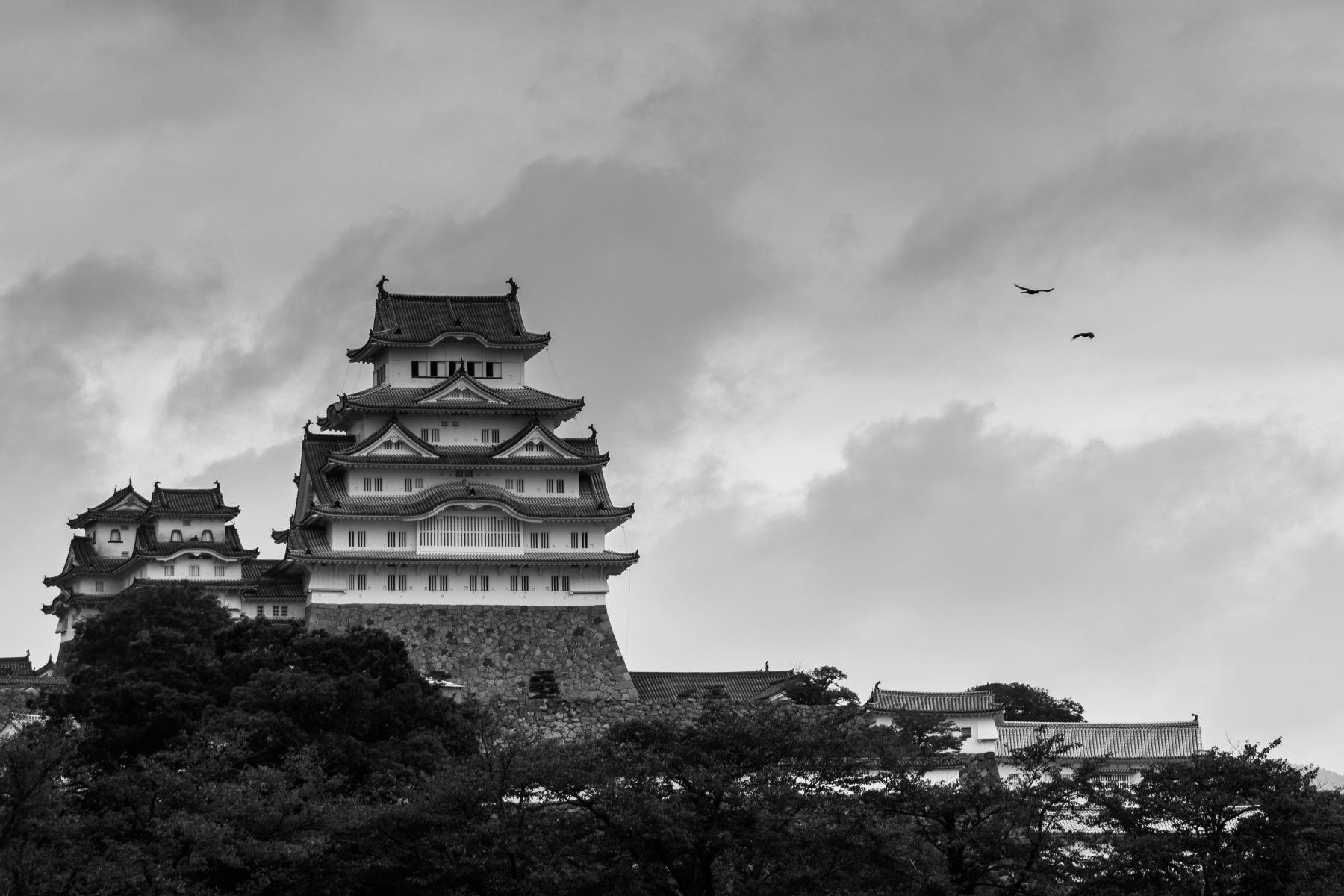
A UNESCO World Heritage Site and also known as White Egret (or Heron) Castle, Himeji Castle is one of the more memorable places to visit in Japan.
Cinephiles will recognise Himeji Castle as one of the settings for Kurosawa’s classic film ‘Ran’, not to mention ‘You Only Live Twice’ (James Bond), along with various television and computer game appearances.
The castle in its current form dates from the 17th Century, and has survived war (Himeji was bombed in the Second World War) and natural disasters, notably the Great Hanshin (‘Kobe’) earthquake of 1995.
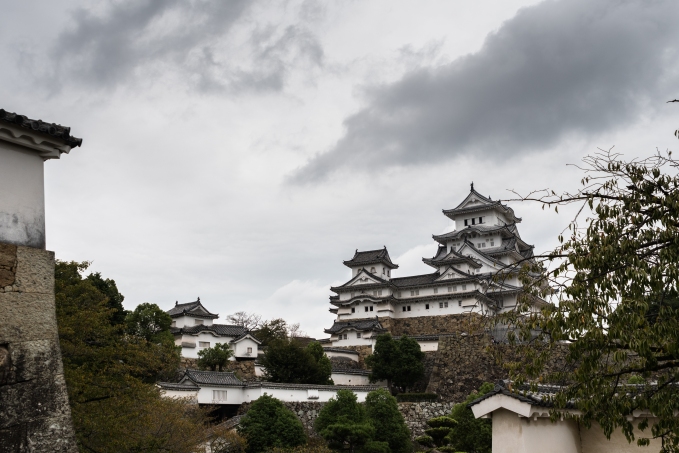
A view towards the main keep from within the Himeji Castle complex.
Besides being beautiful (White Egret Castle is a reference to it apparently looking like a bird taking flight), Himeji Castle was also built as a proper fighting castle too, and features a full suite of multi-layered defences .
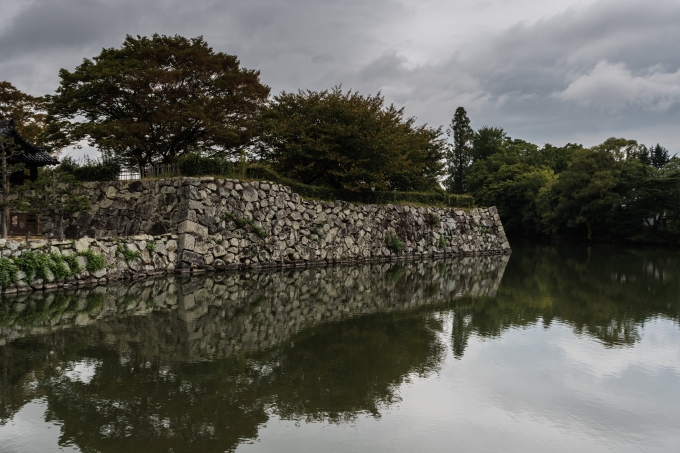
A small section of the defensive works at Himeji Castle, designed to keep attackers at bay.
If you feel the urge to visit (and you should!), Himeji Castle is only a short distance away from the city of Himeji’s main station; unless the weather is entirely horrible, it’s a painless walk along a road pointing straight to the castle, and featuring occasional artwork…

Boshiwo Kabuttara Aruitemiyo statue on the walk to Himeji Castle.
Stop eating my bloody tomatoes!
Posted on September 13, 2019

In an earlier blog post, I reflected that it was possible to distinguish an authentic ‘wild’ Canadian from a more recent arrival by how they react to raccoons.
I think my transition to full Canadian is at least 50% complete now – this is not to do with being an actual Canadian these days (with passport and everything), but rather with tomatoes.
More specifically, our home-grown tomatoes.
More specifically still, our home-grown tomatoes that the raccoons seem to be rather keen on, and have worked out how to get at despite the protective netting!
So, my current status is balanced between wanting raccoons to visit because they make for nice photographs, and wanting to scream naughty words at the blighters for devouring things they didn’t ought to!
Bonking Toads…
Posted on December 4, 2016

One of the more splendid aspects of the Oakville area is the large number of parks of one sort or another, many of which provide excellent habitat for all sorts of interesting wildlife.
If one insists, many of these locations could be used for things like engagement photography (discussion of which triggered this blog post); however, left to my own devices, I would generally much rather be seeking out the creatures that abide in these places.
The American Toad (Anaxyrus americanus) is one such creature; in the spring, they seem to find the pools around 16 Mile Creek ideal for the purposes of making more toads.
When the males are all in full chorus, the sound is rather impressive.
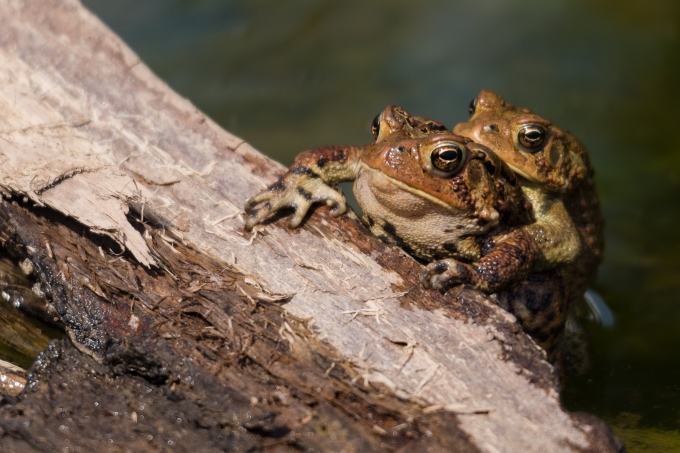
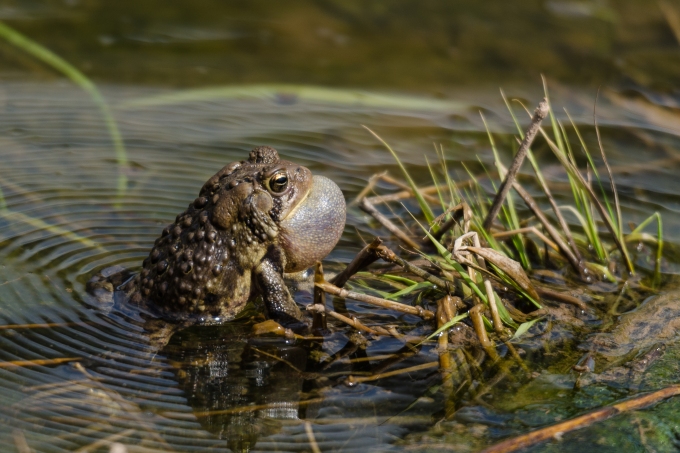
The ripples radiating out through the water from the male above give a bit of an indication of the effort he’s putting into his song; the effect is reminiscent of Crocodilians’ low frequency calls (only smaller and less likely to try and pull your arm off).

For Fox Sake…
Posted on December 3, 2016

Before heading for Canada, I had read all about the abundance of raccoons about the place; it was possible to get the distinct impression that the country was knee-deep in the things.
It was therefore slightly surprising not see a single raccoon for almost a year after arriving in country, despite looking for the things (living in a block of flats probably didn’t help the quest though).
The UK doesn’t have raccoons, but our nearest equivalent is the urban fox (Vulpes vulpes – the Red Fox); these things have become extremely comfortable around towns and cities in much the same way as raccoons.
During my last trip home, I managed a few decent sightings of the local resident foxes, that live somewhere beyond the end of my parents’ garden. Unlike many types of wildlife, high-level fieldcraft was not really needed – the things are remarkably relaxed around humans!
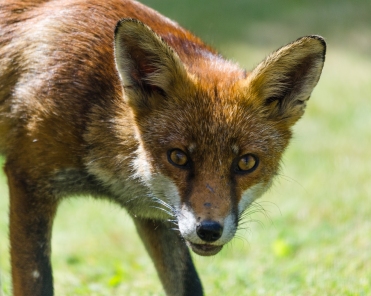
This one has clearly had an eventful life thus far, as indicated by the fine collection of scars on its muzzle.
Much easier for me to find than Canada’s raccoons…!
Hilton Falls
Posted on April 17, 2016

Hilton Falls is a rather pleasant conservation area a few miles inland from Oakville, featuring a number of nice and easy walks in the woods that cover that part of the Niagara Escarpment.
This picture is of the falls themselves, shot using a variable ND filter; timing was critical, to find a gap of several seconds when people weren’t clambering around or behind the water…!
In the Nineteenth Century there were sawmills here, but all that remains now are a few stones.
For those wondering, the precise 9.6 sec exposure was absolutely planned for to get the exact exposure required, and not under any circumstances the result of counting to ten under my breath before closing the shutter! 😉
Distant seagulls
Posted on February 11, 2016
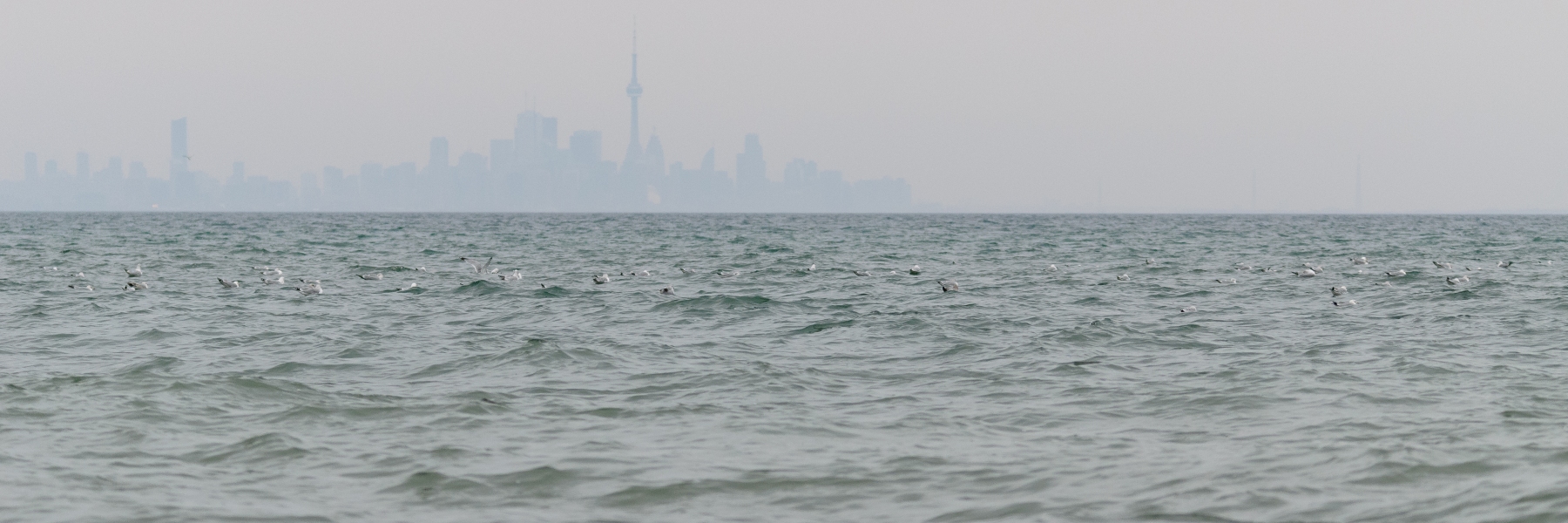
This image was a result of an assignment from the class I’m currently doing; the idea was to produce more of an environmental picture of seagulls, giving a sense of the open and quite harsh conditions in which they live in the winter (even a mild one as we’ve had this year).
Having the Toronto skyline looming out of the mist in the background gives a reminder of the encroachment of the man-made environment upon the natural one.
Afloat
Posted on October 18, 2015

Afloat is a bronze sculpture (by Hamish Black) installed in Brighton, on a breakwater near the Palace Pier; it’s one of my favourite bits of art.
On a rare trip home earlier in the year, it would have be rude not to take a stroll down by the seashore to admire it…
The sculpture is based on the shape of a globe where the north and south poles have been squashed together to make a doughnut shape; the shapes cut into the surface represent the continents – I assume that’s North America near the top of the image.
Ew, raccoon?
Posted on September 20, 2015
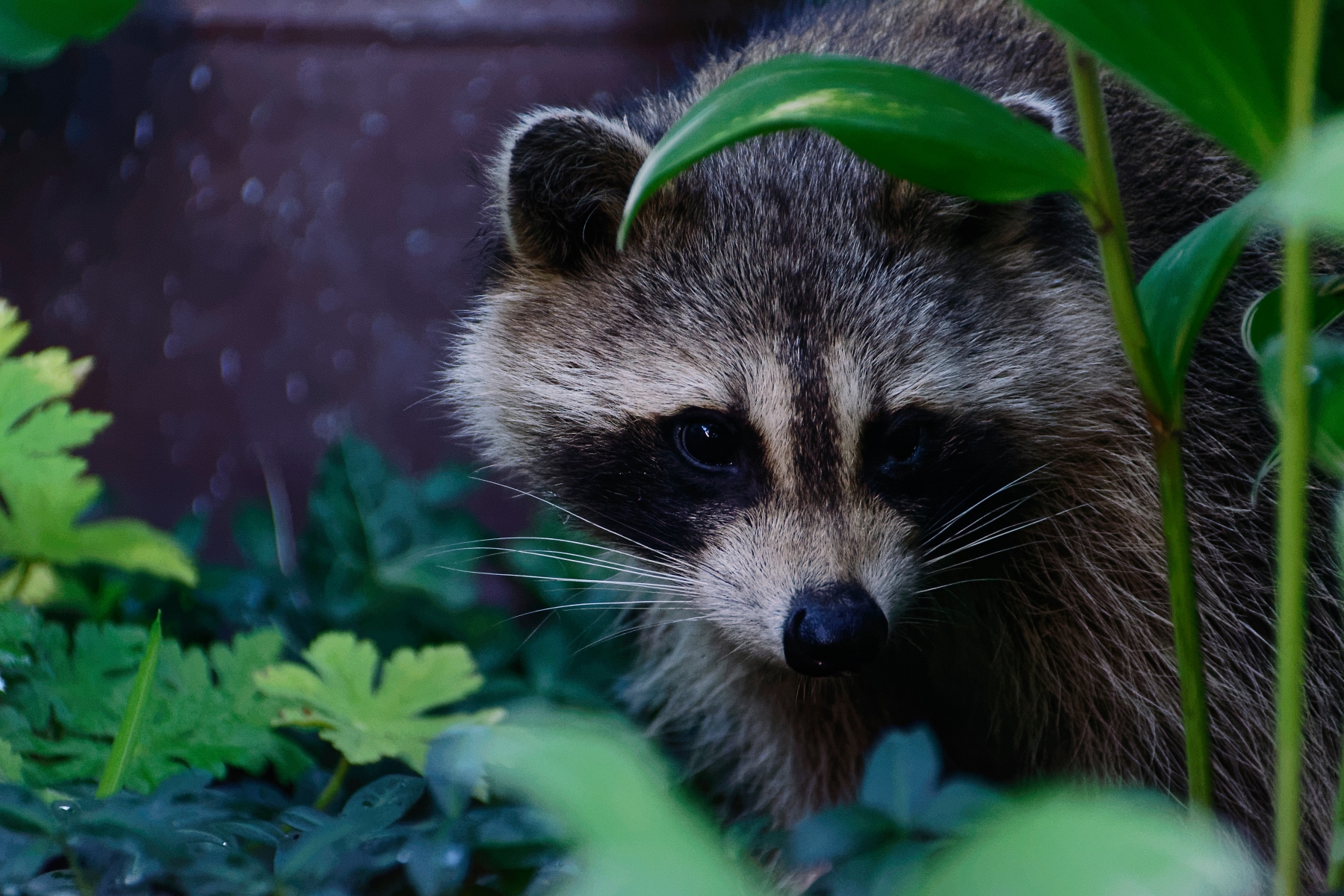
It seems that one easy way to distinguish between a real live Canadian (one of the wild ones) and a relative newcomer to the country is to look at how they react to raccoons: the newcomers tend to think that the raccoons are terribly cute and splendid, whilst the more established folk are more included to have a reaction that could be characterised as ‘yuk!’.
The main reason for the ‘yuk’ goes by the catchy name of Baylisascaris procyonis, or the raccoon roundworm; this can infect humans (it tends to be kids) who come into contact with raccoon faeces, whereupon they migrate to the brain and cause fairly serious damage.
Short version: don’t eat raccoon poo!
I still feel that raccoons are still rather splendid creatures though – I clearly haven’t been here long enough…!
Frozen Niagara Falls (kind of)
Posted on March 1, 2015

This winter has been another rather nippy one (although, so far, rather less long drawn-out than last year’s), with one result being that the American Falls at Niagara have largely frozen over.
All the headlines in the news made it sound like it was the Horseshoe Falls that froze over; naturally it wasn’t!
Regardless, the American Falls are still pretty impressive with this much ice on them.
(nerd note: the long exposure courtesy of a variable ND filter)
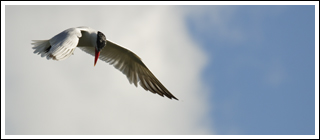 Bill Ford-Smith
Bill Ford-Smith